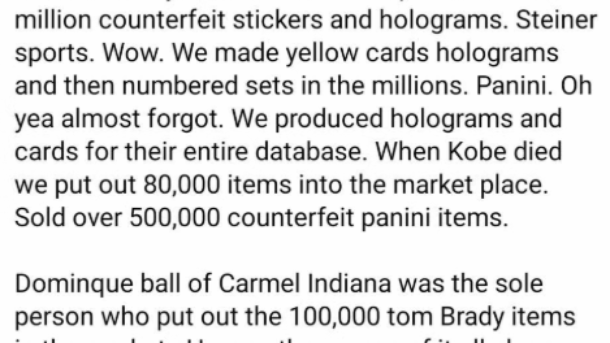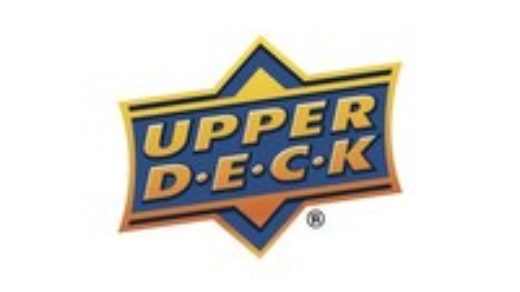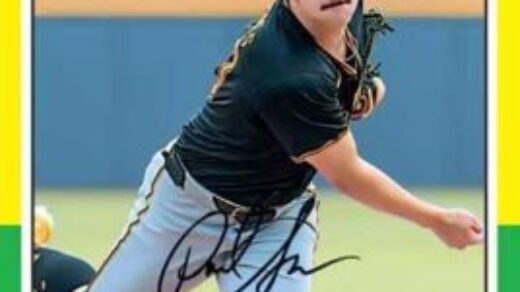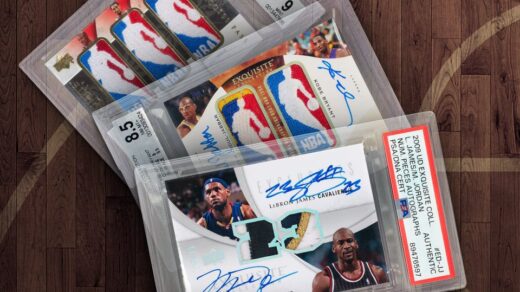In a saga that rattled the very foundations of the sports collectibles market, Indiana took center stage in a story that combined elements of deceit, tragedy, and betrayal. It all began when authorities discovered Brett Lemieux— a name once respected in autograph circles—dead during a significant police raid in Westfield. At the heart of this chilling scene was a staggering counterfeit memorabilia operation that left collectors and industry figures questioning the legitimacy of their curated treasures.
The Hamilton County Coroner’s Office has yet to finalize its findings, yet initial reports from Westfield police indicate that Lemieux succumbed to a self-inflicted gunshot wound. This tragic event unfolded while law enforcement executed a search warrant, dismantling a fraudulent ring believed to have flooded the market with fake sports memorabilia worth millions.
Fanning the flames of controversy, a post attributed to Lemieux emerged in the niche but fervent “Autographs 101” Facebook group. Within the post, Lemieux confessed to orchestrating a widespread forgery operation, allegedly releasing over four million counterfeit sports items into circulation and claiming sales nearing $350 million. This missive hit collectors with the force of a wild pitch, sparking skepticism and suspicion over countless autographed items that might now be entwined with fakery.
Operating beneath the moniker Mister Mancave, Lemieux advertised “the largest framed jersey inventory on the web.” However, the credibility of this business fell under scrutiny when investigators found no tangible trace of a storefront at its listed Columbus, Ohio address. Records reveal that Mister Mancave was incorporated twice in Indiana between 2018 and 2023, a discovery that further adds layers to this convoluted tale.
In the world of forgery, Lemieux’s alleged confession offers insight into a desolate landscape where hologram stickers—crucial to authenticating collectibles—become mere counterfeit detritus. Major authentication firms such as Panini, Fanatics, Tri-Star, and James Spence Authentics were all unwitting participants in this scheme. Lemieux himself reportedly peppered the market with 80,000 fake Kobe Bryant items posthumously, each emblazoned with convincingly fake holograms.
But Lemieux’s deceptive reach went beyond basketball. A significant artifact from his inventory—a purportedly Aaron Judge-signed baseball—adorned with a Fanatics hologram, sold for a fraction of its standard market price. Such baffling discounts should have raised arbitration flags but were cleverly masked by the authentic-looking stickers, dexterously circumventing scrutiny.
The fallout from this scandal has left industry behemoths hustling to restore confidence. Fanatics, a leading name in authenticating memorabilia, introspected and revamped its hologram technology two years prior, a preventive initiative against duplicitous schemes like Lemieux’s. Their continued collaboration with law enforcement and forensic specialists, including ex-FBI agents, testifies to an ongoing commitment against the falsification of sports history.
Understandably, the monumental figures Lemieux purported predictably met with skepticism. Industry veteran Steve Grad articulated concerns, pointing out modern forgery techniques that make genuine versus fake discernment increasingly veiled. The controversy heralds long-lasting repercussions across the sports memorabilia universe.
Those entrenched in this world of collectibility were hardly taken aback by these revelations. Roaming the grapevine were whispers about Lemieux’s impossibly extensive autograph collection, some from athletes who, intriguingly, had ceased public signings years prior. Additional accusatory innuendos from Lemieux’s purported “manifesto” hinted at complicity from individuals like Indiana dealer Dominique Ball and Wisconsin’s Nickolas Litscher. Both have vehemently repudiated involvement, with Litscher considering litigation in response to his unfounded linkage to the scandal.
Lemieux’s deceptions involved much mendacity, expanding across platforms under various guises, including Ultimate Sports, Athletes One, Signature Dog, and All-American Authentics. As authorities delve deeper into the case, the entire memorabilia clubs are left with jumbled inventories, prompting a closeted audit of authenticity and ethics within the trade.
This exposé forces a collective awakening, urging those vested in sports collectibles to heighten defenses against ever-mutating fraudulence. In a milieu where prized possessions double as historical anecdotes, vigilance becomes a collector’s unswerving ally. The revelation from Indiana is not merely a reminder—it is a clarion call that echoes throughout glass-protected curio shelves and beyond.




